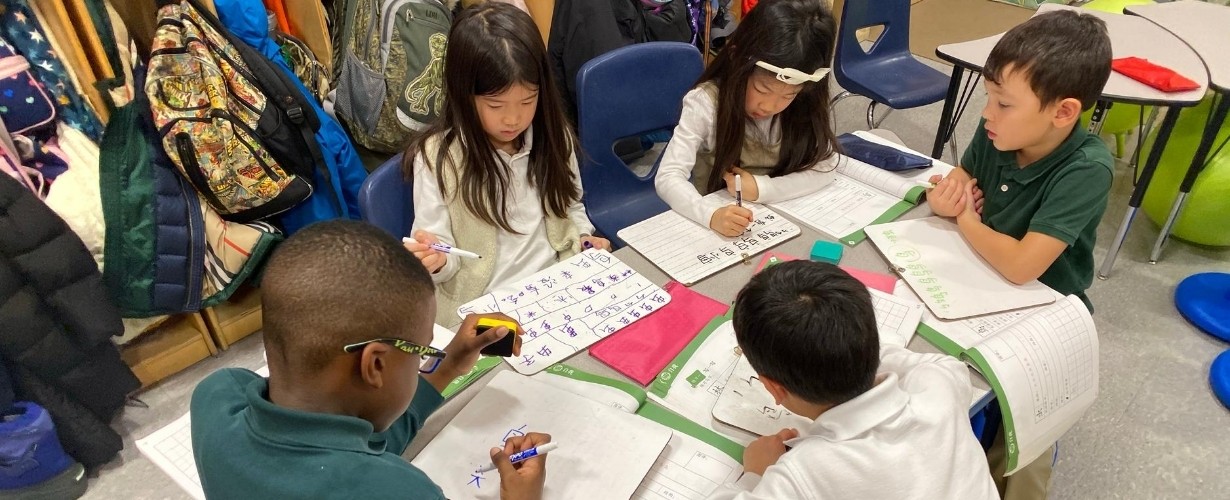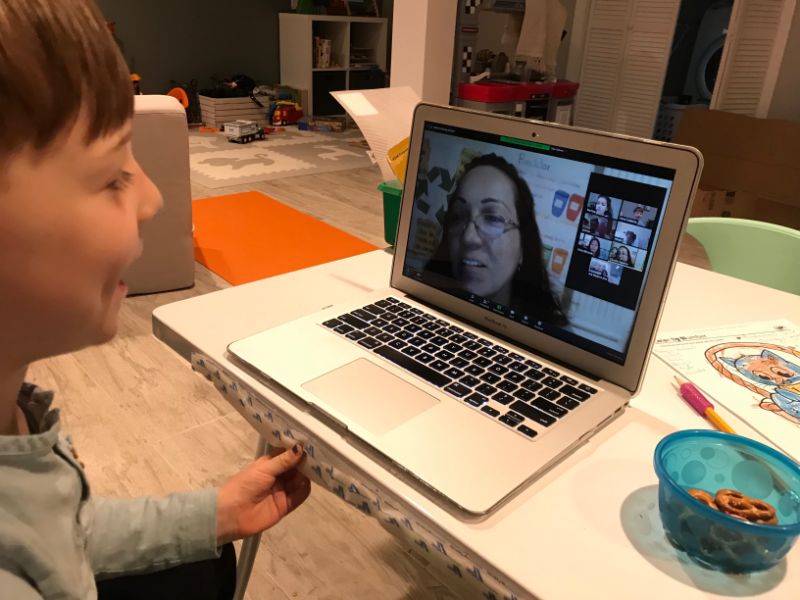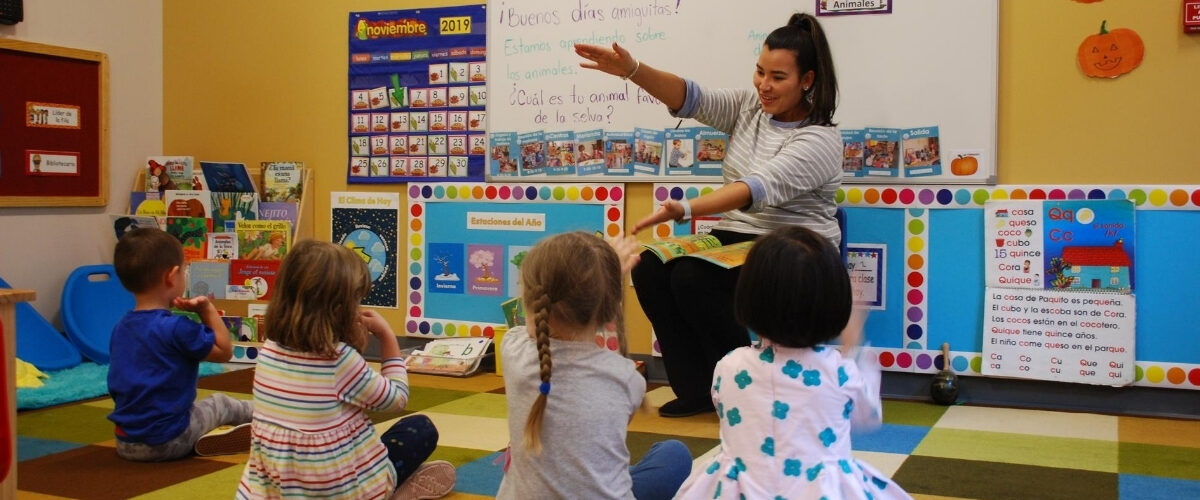
Bilingual Students Become Brilliant Adults: The Long-Lasting Benefits of an Immersion Education
August 22, 2020
What I’ve Learned about Engaging Immersion Elementary Students in Remote Learning
August 23, 2020
If you are a parent concerned that your child may be bored in a traditional elementary school program, you should consider enrolling him/her in a language immersion program. In many states such as California, dual language immersion programs have become a defacto gifted and talented program.
Language immersion programs provide a child with content instruction in two languages, such as Mandarin and English or Spanish and English. Some schools spend 50% of the day in each of two languages while others provide the majority of the day, perhaps 80-100% in the second or target language to develop high language proficiency. The more intensive the exposure, the faster and higher the attainment of language proficiency.
Enrollment in language immersion is a growing trend with over 2000 schools nationwide identified as immersion schools in 2011 vs. only 260 in the year 2000. They have become popular for their proven results in academic achievement and ability to develop skills useful for the 21st century. Studies have shown that immersing children in a second language changes the brain in positive ways---improving executive function, cognitive abilities, and creativity. A 4 year Rand study conducted on over 25,000 students charting their performance from grade K through grade 8 showed that dual-language 5th graders were 7 months ahead of their monolingual peers in English language arts, and dual-language 8th graders were 9 months ahead of their peers– that translates to advancement of a full year of school…counterintuitive given that some subjects are taught in a language other than English. Learning in multiple languages actually makes the brain better at learning languages – which is why learning a third and fourth language comes easier to someone who is bilingual. Language immersion is the most effective way to develop bilingualism and bi-literacy. By learning subjects such as math and science using the language – the student is learning both the content and the language – it’s like getting double the brain benefit in the time spent, or getting two things for the price of one. Additionally, studies have shown that children exposed to more than one language have greater ability to consider the perspectives of others. This emotional intelligence skill is increasingly important in the 21st century.
Although many parents start their children in an immersion school from preschool, starting in elementary school is not too late. A recent MIT study suggests that it’s easier to learn languages before the age of 17 or 18, however, native-like speaking ability is best achieved when starting before age 10. Assuming one starts a child in kindergarten and stays in the immersion program through grade 5 or grade 8, the child has become very proficient in a second language – which helps to distinguish oneself in admissions to selective high schools or colleges and open up job opportunities as an adult.
At HWIS, we have had several students join our immersion program during the elementary school years because the schools they were in were not sufficiently challenging them. Jack joined in 2nd grade, Cameron and Keira joined in 4th grade and Renzo joined in 6th grade. After a few months they were understanding more than 50% of what was being taught, and by the end of the year about 90% of what was being taught. They relished the challenge and it gave them even more confidence to learn more. We even had one NY student, Noelle come back to us after being one year in a gifted and talented program which did not challenge her enough in math. Learning it in Mandarin, and being able to progress more quickly was just the challenge she needed. She went onto stay at HudsonWay through 5th grade.





